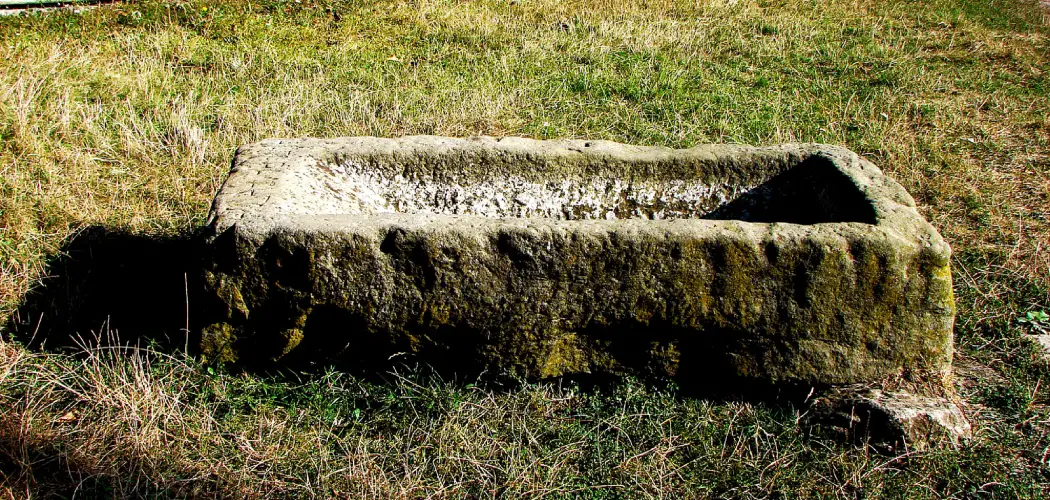Are you looking for a septic tank on your property? If so, then this blog post is here to help! Knowing where and how to locate your septic tank in the yard can be tricky and knowing what signs to look out for is important. In this post, we will provide key tips of how to find septic tank in yard.
We will discuss visual indicators such as exterior access lids or pipes jutting out of the ground, soil softness around certain areas which could indicate a nearby tank.
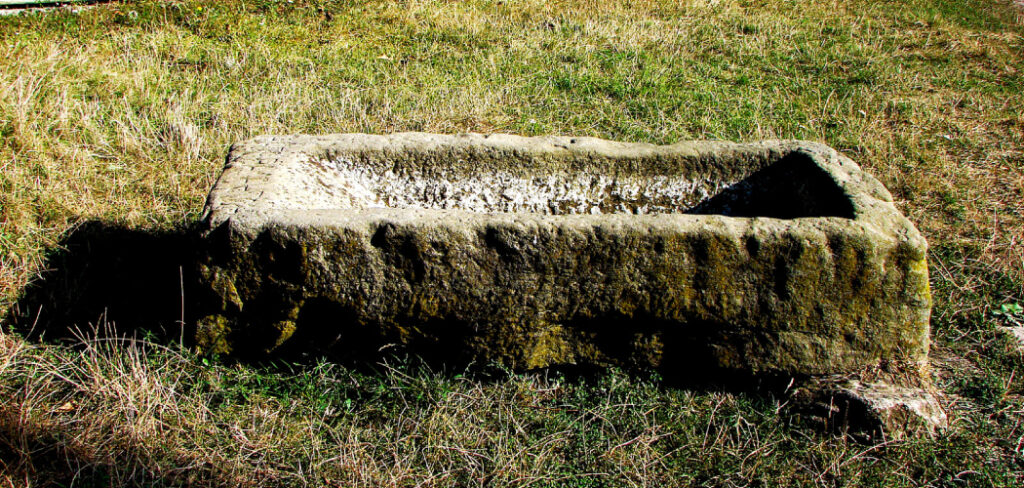
Septic tanks are vital to the proper functioning of homes that don’t have access to a city sewage system. Unfortunately, not everyone knows how to find their septic tank in their yard, so this blog post will detail exactly how you can find your septic tank and provide useful information about what maintenance your tank may need.
With this knowledge, you can keep your home functioning properly and avoid major headaches due to broken or failing systems down the line. Keep reading for everything you need to know on locating and caring for your septic tank!
Why Do You Need to Find Septic Tank in Yard?
There are many reasons why you may need to find a septic tank in your yard. Such as:
1. Maintenance and Repairs
One of the main reasons to find a septic tank in your yard is to be able to maintain it and identify potential problems with the system properly. Septic tanks should be inspected and pumped regularly to ensure proper functioning and identify any areas that may need fixing or replacing.
2. Adding an Addition
If you’re considering adding an addition to your home, such as a garage or deck, you will need to know where the septic tank is located in order to determine if this addition can be installed. Also, if the septic tank is located near the planned addition, it’s important to ensure that you don’t damage or disrupt the system’s functioning.
3. Selling Your Home
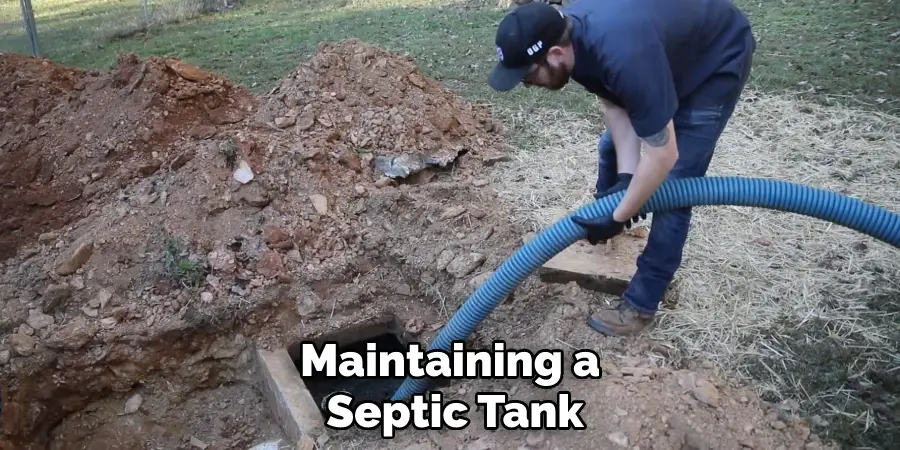
If you are selling your home, finding and properly maintaining a septic tank can be an important part of preparing your home for sale. It’s important to ensure that the tank is functioning properly and that all necessary repairs or replacements have been done before listing your home.
Knowing where your septic tank is located in your backyard can help you to maintain it properly, identify potential problems with the system, plan for any additions you may want to make, and even prepare your home for sale. So, how do you find it? Read on to learn some tips and tricks on it.
How to Find Septic Tank in Yard in 6 Easy Steps
Step 1: Locate the Manhole Cover
The very first step in finding your septic tank in the yard is to locate the manhole cover. This is usually located a few feet away from the house and can be identified by its round shape and heavy concrete lid. It may also have a metal frame around it.
Step 2: Determine How Deep The Tank Is
In order to determine how deep the tank is, you will need to measure from the ground up to the manhole cover. This will give you a good idea of how far down the septic tank is located in your yard. Also, measure the distance between the manhole cover and your house.
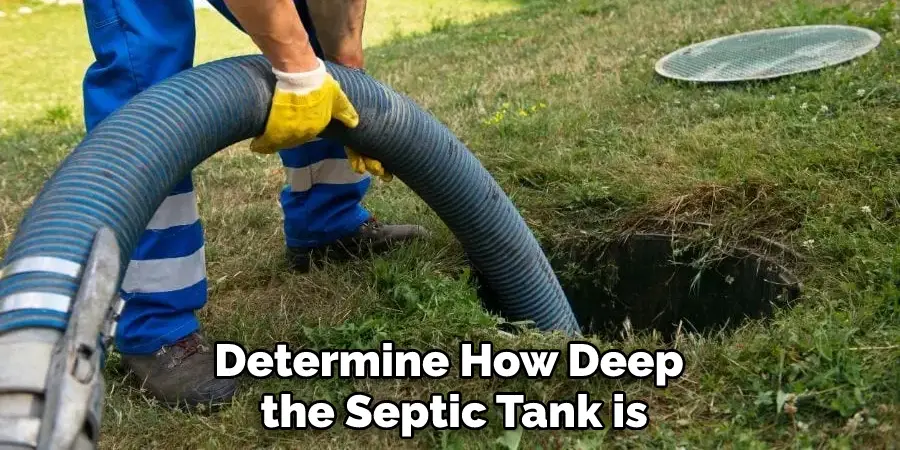
Step 3: Locate The Septic Tank Pipes
The septic tank is connected to two pipes, an inlet pipe, and an outlet pipe. These pipes run from the septic tank to the drain field or leach field. These can usually be found by tracing the pipes back from the manhole cover.
Step 4: Check for Other Septic Tanks
It is also important to check for other septic tanks in the area. Look around the yard and see if you can spot any additional manhole covers that may not be connected directly to your home. It is possible that there are multiple septic tanks in the yard.
Step 5: Look for Other Signs of a Septic Tank
Look for other signs that may point to a septic tank, such as soil mounds or dips in the ground. It is also possible that there are pipes sticking out of the ground. These could be access points to the septic tank.
Step 6: Double-Check
Once you have located the septic tank, double-check that it is indeed the correct one by using a metal rod or pipe. If it hits concrete, then you know that you have located the right tank. Also, make sure to check the depth of the tank and measure it using a tape measure or ruler.
Some Additional Tips to Find Septic Tank in Yard
1. Use a Metal Detector
A hand-held metal detector is a great tool for locating your septic tank’s cover without needing to dig. Metal detectors will detect any metal near the ground’s surface, and since most septic tanks are made from steel or other metals, this can be an effective way to locate it in your yard.
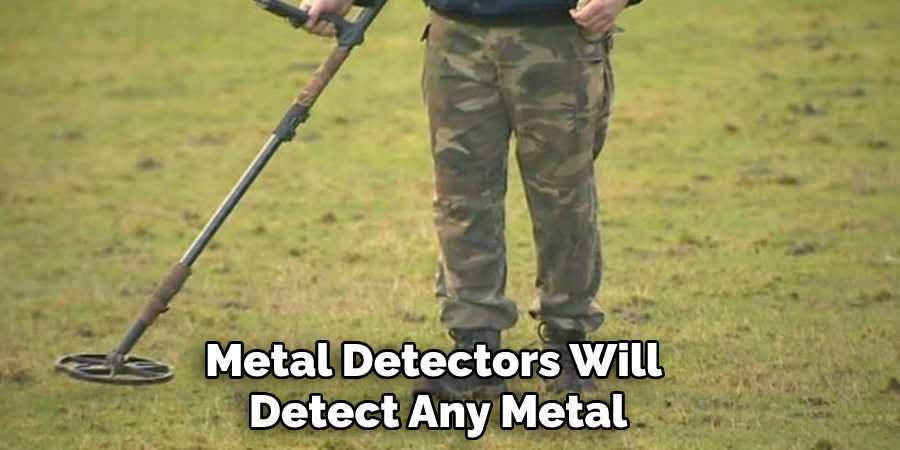
2. Look for Signs of Recent Digging
If your septic tank has been recently serviced or installed, there may be signs of recent digging in the area. If you find a spot with freshly disturbed soil, it could be a sign that the septic tank is located there, and all you have to do is locate the cover.
3. Follow the Sewer Line
Sewer lines are usually located near your septic tank; if you can locate them, it can be an effective way to find your septic tank. If you have access to a sewer line map, this could make the task much easier.
4. Use Markers
If you know the approximate location of your septic tank, it’s not a bad idea to place some markers in the ground to ensure that you can easily find it again in the future. This is especially important if you are having someone else service or repair your septic tank and need them to be able to locate it quickly.
5. Hire a Professional
Finally, if you’re still having trouble locating your septic tank in your yard, it might be best to hire a professional to help. A professional can use their experience and expertise to locate the tank quickly and easily with minimal disruption to your lawn. They may also be able to provide helpful advice and tips to help you care for your septic tank.
Overall, with a little effort and the right tools, it is possible to find your septic tank in your yard without digging up too much of your lawn. Utilize these tips and tricks, or consult a professional if needed, to ensure that you can easily find your septic tank in the future.
Frequently Asked Questions
What Precautions Should I Take When Looking for a Septic Tank in My Yard?
When searching for your septic tank, it is important to exercise caution. Wear protective clothing such as boots and gloves, and avoid digging if you’re uncertain about the exact location of the tank. It is also important to note that some areas may be restricted by local regulations, and any digging should be done with the proper permits.
Additionally, while looking for a septic tank, it is important to avoid disrupting any of your yard’s utilities such as plumbing or electrical lines.
How Do I Know How Deep My Septic Tank Is Buried?
The depth at which a septic tank is buried depends on local regulations and the type of soil in your yard. The majority of septic tanks are typically buried three to four feet below the surface; however, this can vary depending on the area you live in.
Contact your local health department or consult a trained septic professional to find out how deep your tank is buried. Also, some septic tank lids have a depth indicator on them to indicate the level at which they should be buried.
How Can I Tell How Old My Septic Tank Is?
It can be difficult to determine your septic tank’s age without contacting a professional for assistance. If you have access to the septic tank’s lid, you can examine it for any signs of wear and tear to help determine its age.
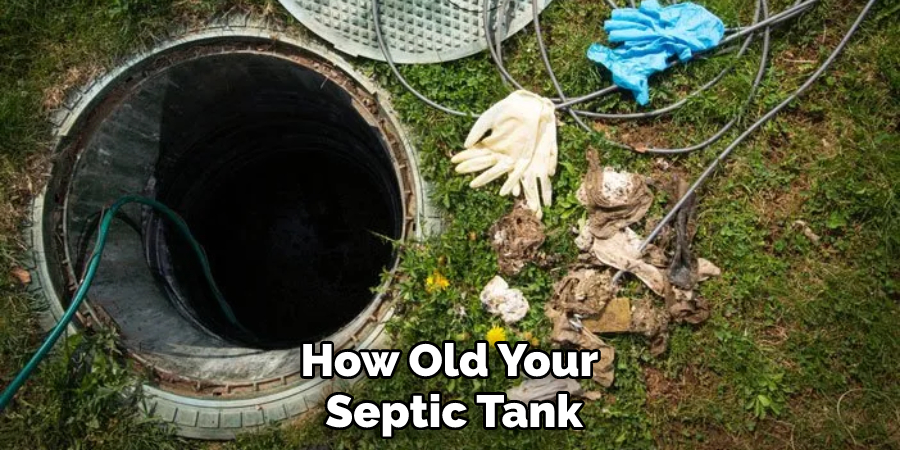
In some cases, an experienced technician may be able to estimate the approximate age of your septic tank based on visual inspection. Additionally, if you have documentation from when the tank was installed or replaced in the past, this may provide you with a better indication of its age.
Conclusion
Now you know how to find septic tank in yard. It’s an important step in the septic tank maintenance process. Taking the time to locate and identify your septic tank can save you time, money, and aggravation down the line.
Remember always to be careful when digging around your yard and follow safety protocols such as wearing safety goggles, gloves, and other protective gear.
Once you find your septic tank, it’s important to perform regular maintenance and inspections to ensure that it is functioning properly. This includes checking the tank’s levels and ensuring all components are working properly.
Taking these steps will help ensure that your septic tank remains in good condition for years to come.

